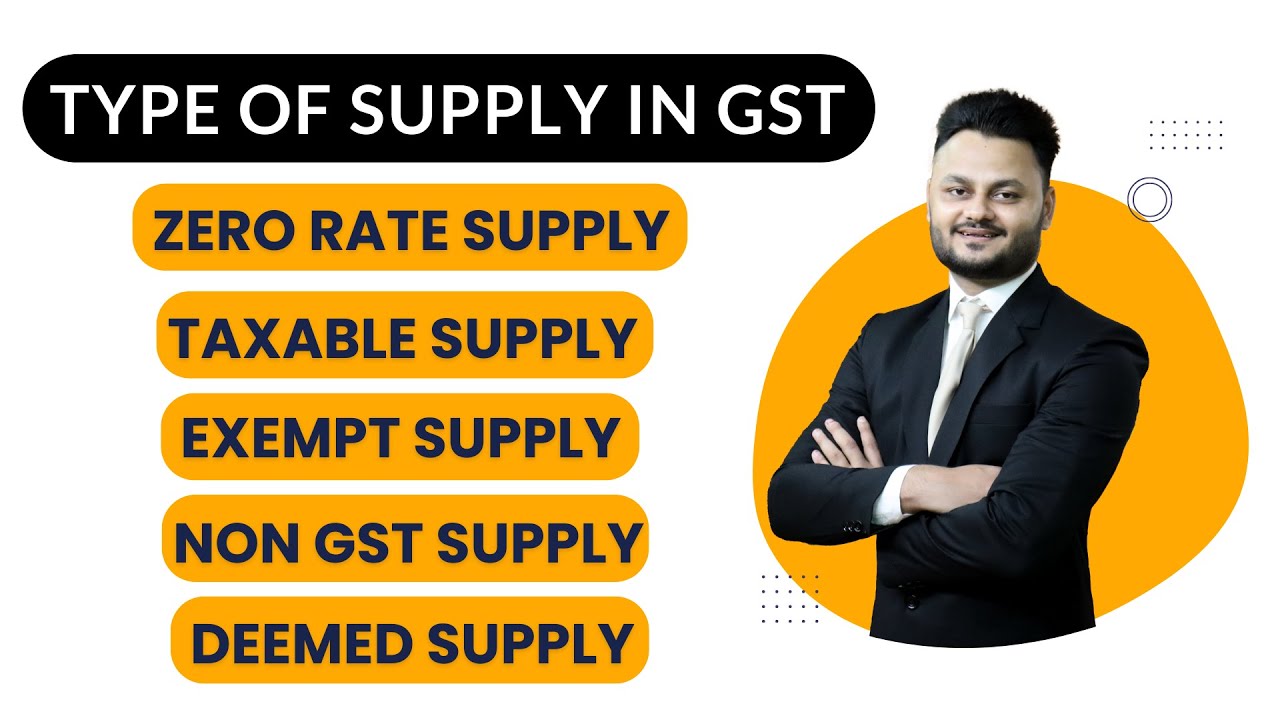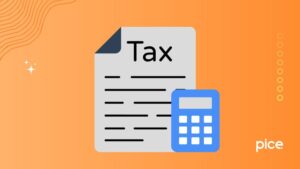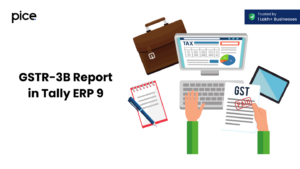What Does Supply Mean Under GST?
- 29 Aug 24
- 9 mins
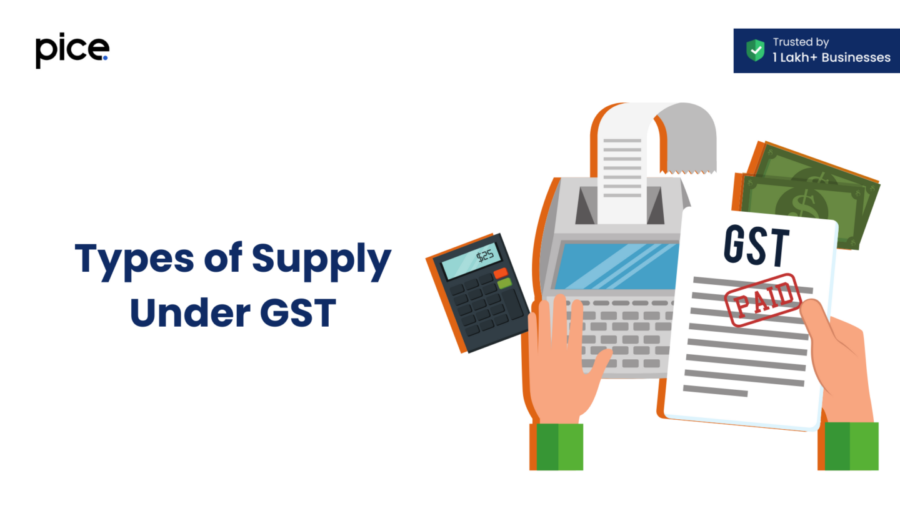
What Does Supply Mean Under GST?
Key Takeaways
- Definition: Supply under GST includes sale, transfer, exchange, barter, license, rental, lease, and disposal of goods or services for consideration in business.
- Components: Supply is determined by Place of Supply, Value of Supply, and Time of Supply, affecting tax implications.
- Types: Supplies are categorized into Taxable (regular, zero-rated, nil-rated) and Non-Taxable (exempt, non-GST).
- Composite vs. Mixed: Composite supplies are naturally bundled; mixed supplies are independently saleable items offered together.
- Tax Slabs: GST rates are 0%, 5%, 12%, 18%, and 28%, based on the type and necessity of goods or services.
Under the current regime of Goods and Services Tax (GST), the act of supplying goods or services is a taxable event. For a registered person, the tax liability is determined at the 'time of supply'. To ensure GST applies accurately, it is crucial to identify whether a transaction meets the definition of a supply. To further learn about the concept of supply under GST and its various types, keep reading this comprehensive blog.
What Are the Components of Supply Under GST?
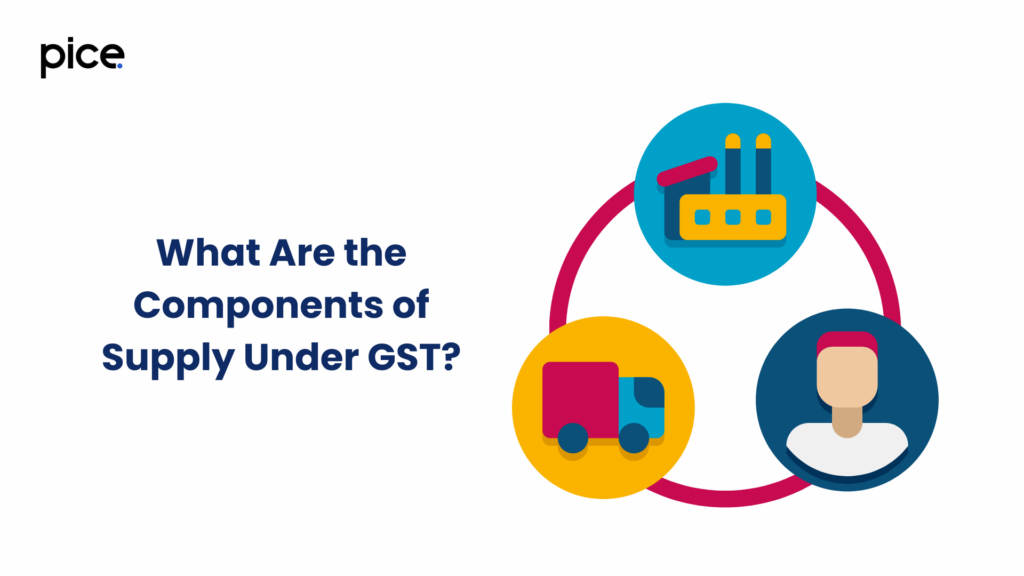
Supply under GST encompasses various transactions such as sale, transfer of property, exchange, barter, license, rental, lease and disposal. If a person engages in any of these activities for consideration during the furtherance of business, it qualifies as a supply under GST.
Any supply comprises three attributes as per the GST Act. All these three factors determine the tax levied on that specific transaction. These three attributes are:
- Place of Supply
It is a vital component that classifies whether a transaction falls under the inter-state supply, intra-state supply or external category of trade, which in turn determines the applicable type of GST.
- Value of Supply
When you want to verify the taxable value of a supply made, you must analyse this component. As the name suggests, it directly impacts the rate of tax applicable to the supply.
- Time of Supply
It is another crucial component that is used to assess the due time for a particular GST return.
Types of Supply Under GST
According to the GST rules, the individual supplies of services/goods are to be divided into two primary sections. These are -
- Taxable Supplies
- Non-taxable Supplies
Next, depending on the nature of goods/services, these are further divided into different forms of supply.
- Taxable Supply
These are simply events for which a taxpayer needs to furnish GST. If you are registered as a taxpayer then you can claim tax returns on these purchases, in case your income does not fall under the taxable brackets.
Here are the further classifications:
- Regular Taxable Supplies
For any item or service, if it attracts more than a 0% rate of GST within India, then it automatically comes under regular taxable supplies.
- Zero-rated Supplies
Zero-rated supplies include any supply made to an SEZ unit or deemed export duties that would have had a GST rate greater than 0% if sold domestically.
- Nil-Rated Supplies
These products or services do not attract any tax by default. Certain cereals like rice and wheat, selected edibles like eggs, milk, jaggery, etc. and even books and newspapers come under this category.
- Non-Taxable Supply
It is the second major supply type under which you find:
- Exempt Supplies
These are selected commodities or offerings that do not attract GST even if they come within the purview of taxation. Similarly, a taxable person cannot claim an Input Tax Credit (ITC) on inputs that are utilised to produce exempt supplies.
- Non-GST Supplies
Non-GST supplies are outside the domain of GST regulations. Some examples of these include alcoholic liquor, petroleum products, sale of land, employee services, etc.
What Are Composition Supplies Under GST?
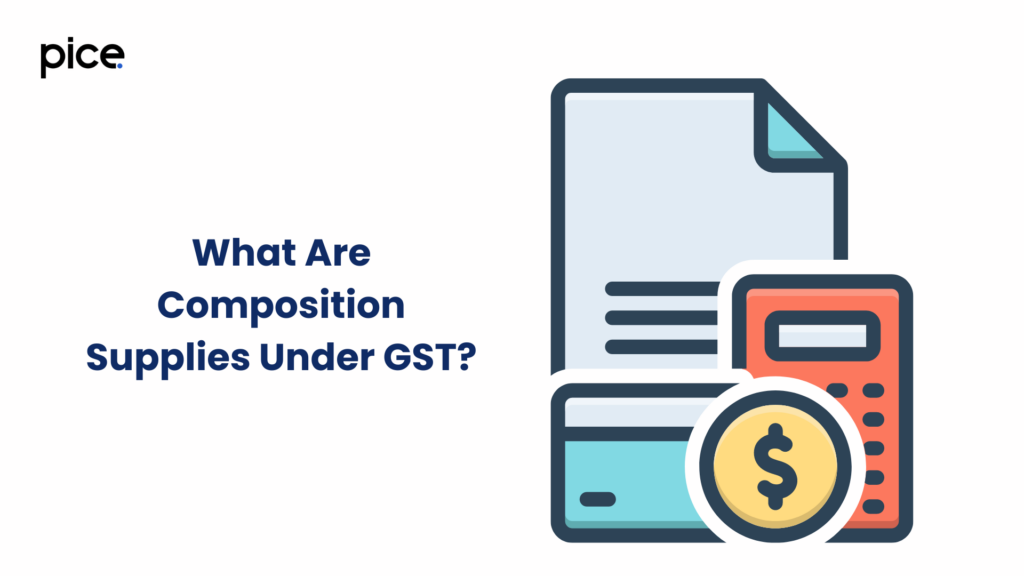
A composite supply consists of two or more goods or services sold together as a set, where each item cannot be sold separately. In other words, it rationally makes more sense to offer them together to the end buyers rather than selling them individually. Some common examples of composite supplies include:
- A pre-paid mobile recharge plan along with the handset
- An air ticket package that includes separate offerings like baggage allowance, in-flight meals, transportation cost, etc.
- A restaurant meal comprising several individual dishes
In all the above-mentioned scenarios, you notice a principal supply clubbed with some minor elements. These other aspects enhance the value of supply and are thus not marketed individually.
How to Determine If It Is a Composite Supply?
Two major conditions are to be checked to determine whether an event is eligible to be held as a composite supply. These include:
- Natural Bundle: The minor offerings that are combined with the primary supply are not generally sold individually. Therefore, all the supplies must act cohesively.
- Multiple Supply: It is the primary condition stating that more than taxable supply has to be present. It can only be goods or services or even both provided together.
If the elements can be sold separately, you should consider them as a mixed supply.
What Is the Tax Rate Applicable on Supplies?
Based on the types of supply under GST, the Indian Government has categorised 5 major tax slabs for taxable supplies. These tax slabs are discussed below:
- Exempt (0%)
It encompasses all essential items like vegetables, fruits, cereals, and particular services like education, healthcare, public transportation, etc.
- 5%
Basic necessities and amenities attract a GST rate of merely 5%. These include processed food items, restaurants with no AC, apparel below ₹1,000, etc.
- 12%
The Government has intentionally included specific options in this category to promote both affordability and wealth creation. Some common examples under this category are business class air travel and certain electronic products like computers, refrigerators, printers, etc. Also, garments and footwear exceeding a certain price threshold fall under this class.
- 18%
The 18% GST rate is considered standard for most high-end business, telecom, accommodation services, etc. It contributes a significant portion of GST revenue. Additionally, when you are buying health insurance or any other type of insurance policy, it falls under this category.
- 28%
Luxury goods or services (specifically those things that are apparently non-essential) attract the greatest GST rate. These include consumer durables like dishwashers, vacuum cleaners, ACs, tobacco products, five-star hotel stays, and activities like sports betting, gambling, etc.
Through the last category, the Government aims to generate additional revenue and attempts to discourage excessive consumption.
How to Determine if It Is a Mixed Supply or a Composite Supply?
While considering the types of supply under GST, composite supply means any combination of two or more services/products that are naturally bundled. In simple words, these are offerings that complement each other in the normal course of business. These items cannot be sold separately unlike the content of a mixed supply.
Contrarily, mixed supplies are made of independently saleable goods or services that are offered together for a single price. A simple example of a mixed supply is a gift hamper containing different items like dry fruits, chocolates, canned foods, gift cards, fruit juice, ornaments, etc.
In the case of the above example, if the box contains jewellery that attracts a high GST rate of 28%, it will be considered as the principal supply. Accordingly, the applicable GST rate for the entire hamper will be marked as 28%.
Hence, the easiest way to demarcate between composite and mixed supplies is by comparing the individual items. If the items can be taxed individually while not being bundled together, the whole offering qualifies as a mixed supply; otherwise, it is a composite supply.
Some Key Considerations Involving the Time of Supply
A few noteworthy considerations influencing the time period of GST payment are:
- Issuance of the bill by the concerned tax invoice furnishing facility
- Initiation of transaction
- Date of supply according to the accountant’s record
Time of supply is a vital parameter affecting the applicable GST rate that taxpayers need to furnish to run their business. Moreover, it directly impacts the tax period based on the supplies sold.
Conclusion
Under the current regime, tax is due at the 'point of sale' of goods or services. The GST Act simplifies taxation by focusing on where the goods or services are delivered, rather than where they come from. This unified approach makes the tax process more efficient and straightforward compared to the old regime.
💡Facing delays in GST payment? Get started with PICE today and streamline your GST payments. Click here to sign up and take the first step towards hassle-free GST management.







